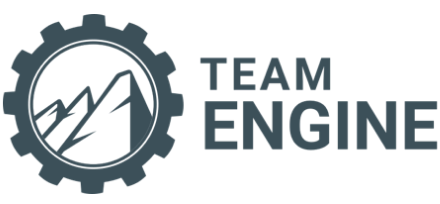
Single Points of Failure
Steven Cesare, Ph.D.
A perceptive business owner from Delaware called me the other day to talk about his company staffing model within the context of forecasted business goals. Our conversation took several paths. Initially, the discussion focused on the standard objective of filling current field vacancies: nine Laborers, three Foremen, two Irrigators, and the ever-elusive partridge in a pear tree (i.e., a salesperson who can sell).
Our conversation then traversed to anticipated vacancies. Throughout our fruitful dialogue, I repetitively reminded the business owner of my fundamental tenet that every company must have two organizational charts: one for the current organization updated each month, and a second organizational chart for the hypothesized company 18 months in the future. Thus, at the current moment, I asked the business owner to produce an organizational chart for March 2023. Easily produced. Then I solicited his proposed 18-month organizational chart for September 2024. Not so easily produced.
I informed him that staffing is a dynamic process, predicated on organizational change underscored by myriad contextual factors (e.g., labor participation rate, wages, regulations). That degree of strategic movement requires the organization to anticipate variability at all times. As such, I reminded him that next month (i.e., April 2023), I will ask him for the current organizational chart for that month, and the anticipated 18-month organizational chart for October 2024, with the same request each successive month thereafter.
Speaking as a capitalist: Your company can either “react” to inevitable environmental change, or your company can “enact” that inevitable organizational change. That decision is solely yours to make.
With the business environment changing, his company must adapt correspondingly; likewise, his company staffing needs will be forced to adjust as well. Hopefully, he will begin to develop, implement, and leverage an 18-month organizational chart to guide forecasted staffing needs, aligned with, as you probably already guessed, the 18-month Profit & Loss Statement. As a capitalist, you do have one, don’t you?
The future will be here soon. Start thinking about it now, planning for it now, and preparing for it now.
Given the lack of his company’s 18-month organizational chart, our discussion remained fixated on the present for the moment. Accordingly, I then pivoted our focus away from current staffing vacancies onto “contingent staffing vacancies” by examining the current organizational chart for “single points of failure” capable of causing severe disruption to the company’s ongoing business operation.
For example, what impact would an immediate departure (e.g., resignation, termination, death) of various key job classifications (e.g., Branch Manager, Controller, Salesperson, IT Manager, Construction Foreman, or Maintenance Department Manager) have on the company? With that frame of reference in mind, I suggested the business owner review the current organizational chart and identify the Top 5-7 single points of failure and rate the degree of impact on the company caused by their potential vacancy.
To “enact” change prompted by those unforeseen possibilities, I recommended the business owner begin creating employee development plans for possible internal successors (e.g., Maintenance Manager becomes Branch Manager, Field Supervisor becomes Maintenance Manager, Enhancements Foreman becomes Construction Foreman) as well as external staffing plans to fill one-person job classifications on an interim basis (e.g., use a temporary agency to fill the vacant Controller position, contract with an IT firm to provide computer support, hire an independent contractor to fill a vacant Arborist position), thereby creating a modicum of confidence that business operations will maintain continuity despite said disruptions.
I have an idea. Let’s look at your March 2023 organizational chart and see what current staffing vacancies you can identify.
Wait! I have a better idea. Let’s look at your September 2024 organizational chart and see how many “contingent staffing vacancies” you can identify. Oh, that’s right, you don’t have one…yet.
If you have any questions or comments about this topic or anything else related to human resources, Sign Up for Steve’s HR Helpdesk!
Check Out Harvester Steve Cesare’s
NEW OFFERING!
Harvest Group Partners


Click the icon below to download the Harvest Group Mobile app!
What do you want to learn more about?
The Harvesters want to know what topics you would like to see us discuss. Click below to submit your ideas!



